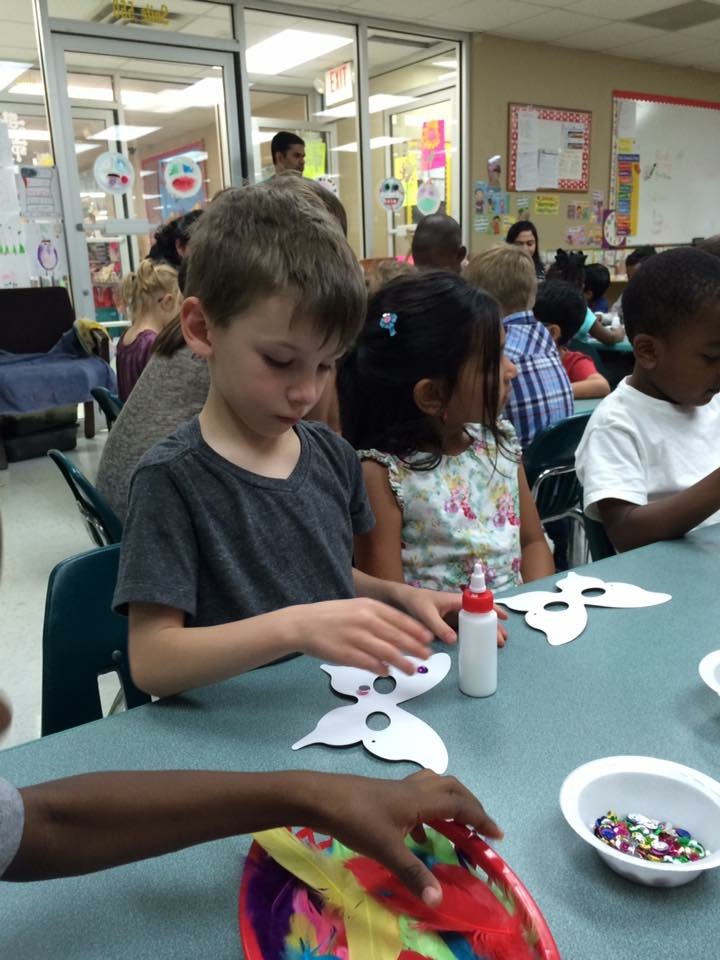 It is expected that within the next 15 years, English language learners will account for about 40% of the entire school-aged population in the U.S. Today at least 3.5 million children identified as limited in English proficiency are enrolled in the U.S. schools. Yet many schools do not have programs to help these students that are placed in a classroom of English speaking students. Teachers are put on the spot to teach all students without being properly trained to provide them with the needed academic and interpersonal help.
It is expected that within the next 15 years, English language learners will account for about 40% of the entire school-aged population in the U.S. Today at least 3.5 million children identified as limited in English proficiency are enrolled in the U.S. schools. Yet many schools do not have programs to help these students that are placed in a classroom of English speaking students. Teachers are put on the spot to teach all students without being properly trained to provide them with the needed academic and interpersonal help.
Many immigrant students entering the classroom are not accustomed to our curriculum and often find it lacking an appreciation for other cultures. American born students sometime regard immigrant students as inferior and treat them as so. Many students do not have the cultural background to draw prior knowledge for purposes of connecting new information. Showing respect for cultural aspects of a child’s life begins by building personal relationships with the students and their families. An effort should be made to include various aspects of a culture in the classroom on a regular basis.
When children are learning English as their second language, a child needs to hear a native speaker. Someone who struggles with a language isn’t much of a model. Teachers often tell parents to speak English to their children in hopes of putting them in the best position to succeed in school. It is found that this is of little benefit because these children can lose the ability to speak comfortably with extended family as well as their own parents. They never gain proficiency in their native language.
Some reports state that young children are natural language acquirers. They are self-motivated to pick up language quicker than adolescents and adults. Young children can imitate pronunciations and work out specific language rules, but other children find it more difficult to pick up English if they are not given the right type of experiences that are supported by adults. It is assumed that young children have fewer inhibitions and are less embarrassed than an adult learner when mistakes are made. This is a myth because children are shyer and are actually more embarrassed before their peers than mature adults. A second language is as difficult for a child in the classroom as it is for teachers and adults. It may even be more difficult for young children because of underdeveloped memory techniques and other strategies that more experienced learners use in developing vocabulary.
Educators that provide support of the home language enable the child to avoid falling behind in schoolwork and provide a bond between the school and the home. But once the child becomes comfortable with speaking the English language it does not mean that written activities in language and reading have the same level of understanding.
Many children who are English Language Learners are put into English-speaking classrooms where they understand nothing of what they hear. In an ideal situation they would be taught in their first language most of the time and a small amount of time in English while they are in kindergarten and first grade. As they move beyond first grade, the level of English is increased. This is not possible in most of our public schools. ELL students come from very different backgrounds and face many challenges in the classroom. Public funding to support the students is not available.
The challenges to our public schools that children from diverse backgrounds bring do not outweigh the enrichment it provides to all students. The strategies and instructional methods used with ELL students can only be of benefit to all learners. It recognizes that all people are unique in their own way so children develop an understanding of the perspectives of others from different backgrounds and learn to function in a multicultural, multiethnic environment.



